Quang Phu Cau Incense Village: A Century Old Craft Village In Hanoi
Located to the south of Hanoi, Quang Phu Cau Incense village, when viewed from above, resembles a labyrinth painted in vibrant red. Across the spacious courtyards of each incense-making household, tens of thousands of incense sticks are arranged into bundles – resembling clusters of reddish-purple flowers – drying under the intense Vietnamese midday sun.
The craft village exudes the simple, rustic, and venerable beauty of the Northern Vietnamese countryside, punctuated with a touch of modernity and freshness. The locals meticoulously maintain the traditional Vietnamese craft every day, surrounded by the calming and relaxing fragrances of frankincense and cinnamon.
As the new year approaches, which is also the busiest time of year for the incense artisans, let us take you on a discovery of one of the longest standing craft villages in Hanoi - Quang Phu Cau incense village.
About Quang Phu Cau Incense Village
Burning incense has become an essential practice for the people of Vietnam, especially in Buddhist temples and on festive occasions. They believe the incense smoke carries with it their prayers for prosperity and peace in life. About 35 km from Hanoi city center, the villagers of Quang Phu Cau have been upholding the incense making tradition for over a century.
A little fun fact for history nerds: Quang Phu Cau incense village held a significant historical role during the Vietnam War, particularly in concealing the gunpowder scent during battles. The incense crafted in this village served as a strategic tool, enabling Vietnamese soldiers to execute surprise attacks on the enemy.
Today, over 300 households in Quang Phu Cau village remain dedicated to this traditional craft. Quang Phu Cau Incense village is one of the longest standing traditional craft villages in Hanoi that has survived and thrived until now.
Centuries-old Core Values
Quang Phu Cau Incense village has a tradition dating back hundreds of years. Initially known as a place specializing in making incense for many regions across the country, such as Hung Yen, Hai Duong, Ho Chi Minh City, etc. Today, Quang Phu Cau also manufactures incense to meet domestic demand and export to foreign countries.
The artisans here have been crafting these colorful incense sticks for generations, but the industry almost didn't make it. In the past, almost 100% of the villagers were involved in incense making, but recently, people have tended to choose more lucrative jobs, especially after the impact of Covid-19. Currently, only two or three large manufacturers in the village are keeping the incense-making tradition alive. However, the artisans in Quang Phu Cau incense village express that they still have a passion for the craft and never thought that the tradition of making incense would disappear.
"Burning incense to remember our ancestors, parents who have passed away, is a core element in the spiritual life of the Vietnamese people. What has become a tradition cannot be lost. Our ancestors have maintained this tradition for thousands of years," said one incense artisan.
How Incense Sticks Are Made in Quang Phu Cau Village
With a product that has an indispensable spiritual value in every Vietnamese household, the incense makers in Quang Phu Cau are meticulous right from the stage of selecting materials. Incense sticks have two parts: the core stick and the incense powder. The main ingredients for making incense include bamboo sticks and various herbs: cinnamon leaves, frankincense, pine, white needle, clove flowers, etc. These ingredients are mainly sourced from northern mountainous provinces such as Ha Giang and Yen Bai.
Once the bark is harvested, farmers bring the bunches to be weighed and sold. They carefully split the bark into smaller sticks and lay them out to dry in giant stacks around town. Next, the sticks are headed to the chopper. With the machine's help, they can chop tens of thousands of sticks in a day, which can be up to 16 inches long, then they're trucked to Quang Phu Cau incense factories where workers sort the stems into bunches. Then they hand-dip the ends in colorful buckets of dye. They're dyed either pink, which represents the lotus, Vietnam's national flower, or red, for the country's flag. In addition to traditional red and pink, artisans even researched and used butterfly pea flowers for blue or powdered leaves for green. Carefully, the bunches are fanned out to dry. In preparation for the Tet holiday, workers blanket the village in these pink bunches.
The incense powder is made with only natural herbs to get the right smell. The proportion to the mixture remains a secret that is passed down within generations of these households. Once the pink sticks are done drying, workers feed them into a machine which automatically coats the incense powder. Workers dry the sticks a second time. They need good temperature and lots of sun, because if the incense is wet, it won't burn. Usually, from around July, August, artisans in Quang Phu Cau incense village have to take advantage of the sun to dry the sticks in preparation for Lunar New Year. Finally, the sticks are packaged in a bundle, wrapped in plastic and sold mostly to wholesalers in Vietnam at 65 cents a bunch, about 20.000 VND.
How to Get to Quang Phu Cau Incense Village From Hanoi
You can easily reach Quang Phu Cau incense village by motorbike or bus from the center of Hanoi.
Motorbike is a suitable means of transportation for those who want more flexibility. The rental price for motorbikes in Hanoi is not too expensive, only around 120,000 VND per day depending on the type of bike you choose, whether it's a manual or automatic scooter. Since the roads in Hanoi are relatively small and narrow with frequent traffic jams, a motorbike will be an excellent choice to help you move more freely. If traveling by motorbike, follow National Highway 21B, then Provincial Road 429.
If you want to experience the feeling of sitting in a vehicle and admire the hurried scenes passing by while saving costs, the bus is the most suitable option. You can go to Yen Nghia bus station and take bus number 91 to the last stop, which is Quang Phu Cau incense village.
You also have the option of taking the metro now since the Cat Linh - Ha Dong metro line has officially started operation. You can travel to the last stop at Yen Nghia Bus Terminal and then continue to take bus number 91 to reach the village.
Best Time to Visit Quang Phu Cau Incense Village
Quang Phu Cau incense-making village operates almost year-round, the craft village becomes especially lively during Lunar New Year and the days leading up to it, due to a surge in orders. Vietnamese people tend to use more incense during this time for ancestral worship, New Year's Eve, and welcoming the Kitchen God. When visiting during this period, you will witness the vibrant bouquets of incense everywhere. However, you can visit Quang Phu Cau incense village in any season to explore, admire, and capture beautiful photos.
Many people also recommend visiting on sunny days when locals take advantage of the weather to sun-dry bundles of incense, preparing for the next steps of the process. The radiant sun and the crimson bouquets of incense work as a dream team to provide photography lovers with the best lighting as well as background.
If you intend to visit Quang Phu Cau incense village, here are some tips to keep in mind. Tet is the busiest time in Quang Phu Cau incense village. You may plan your visit during this time to witness the fascinating festivity. Make sure to check the weather conditions before you visit, especially if you decide to go on sunny days, remember to bring hats and wear sunscreen! Speaking of apparel, if you want to stand out when taking photos with these beautiful bundles of incense, choose clothing with contrasting colors to the incense, such as white, yellow, or green to make sure you stand out.
Quang Phu Cau incense village is free for visitors, however there’s a photography fee of 100,000 VND per person. This fee is considered a "tip" for the artisans, as they need to arrange the incense for the purpose of providing visitors with a perfect background for their photos. This fee isn’t a lot at all but it helps the incense makers earn a bit more and keep the village alive.
Quang Phu Cau incense village is one of the famous tourist attractions when visiting Hanoi. Additionally, there are other traditional craft villages to explore, such as Bat Trang pottery village, Thach Xa bamboo dragonfly village, Chang Son fan-making village, and many others awaiting you.
>>> Must-Visit Traditional Handicraft Villages Around Hanoi
>>> Bat Trang Pottery Village: A 700-Year-Old Vietnamese Craft Hub
Send us your comments about : Quang Phu Cau Incense Village: A Century Old Craft Village In Hanoi
Required fields *
You might also be interested
Travel ideas
Need some inspiration? Discover some of the best tours in Vietnam, which are highly appreciated by our clients. An excellent starting point to help you choose the right trip to Vietnam, Laos, Cambodia, Burma or Thailand, whether you are traveling alone, as a couple, as a family or with friends.
And because this trip is yours, feel free to customize it as you wish!
Vietnam Cambodia Itinerary 14 Days
Hanoi – Hoa Binh – Mai Chau – Ninh Binh – Halong bay – Hue - Danang – Hoian – Saigon – Ben Tre - Can Tho – Saigon - Siem Reap Angkor - Tonlé Sap - Siem Reap – Ta Prohm - Departure
Vietnam 14 Day Itinerary
Vietnam 14-day itinerary covers the country’s top highlights and quintessential experiences for an unforgettable journey.
Honeymoon Tour Packages In Vietnam 12 Days
Saigon Arrival - City Tour – Mekong Delta – Danang – Hoian - by flight - Da Nang – Hanoi - by flight – Halong - overnight on junk – Departure
Authentic Hoang Su Phi Trekking Tours
Hoang Su Phi trekking tours take you to stunning terraces, meet few tourists, connect with locals and enjoy authentic culture.
Best Nha Trang Beach Tour 4 Days
Saigon/Hanoi – Nha Trang relaxation – Saigon/Hanoi – Departure
Mekong Delta Bike Tour Itinerary 7 Days
Cycle through the Mekong Delta in 7 days, discovering floating markets, orchards, craft villages, and tranquil green islands.
Are you interested in this tour?










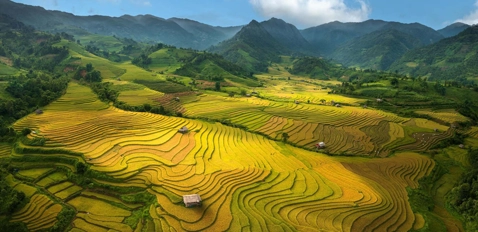
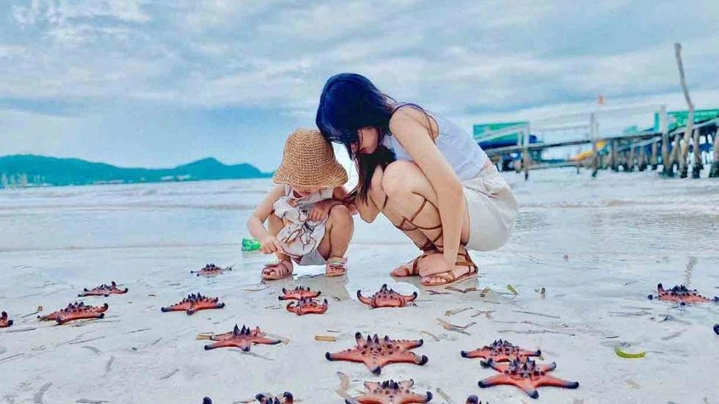



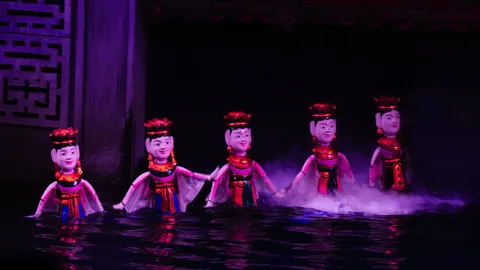




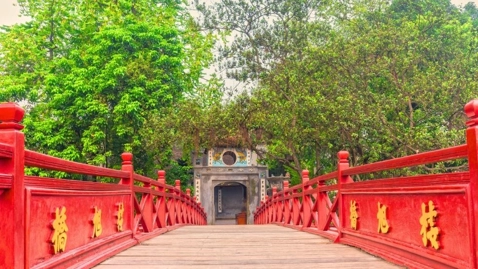
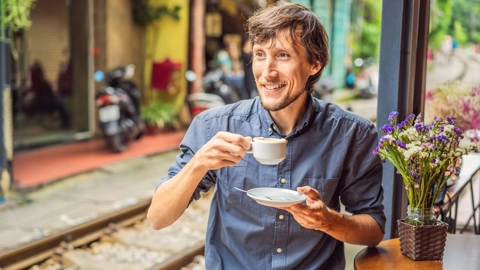
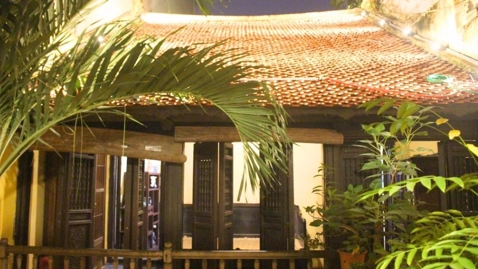
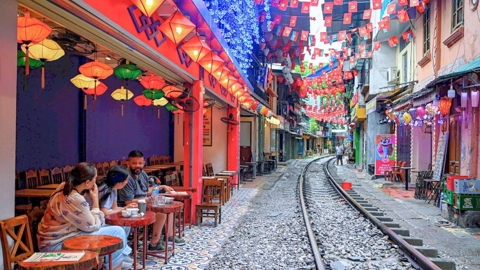


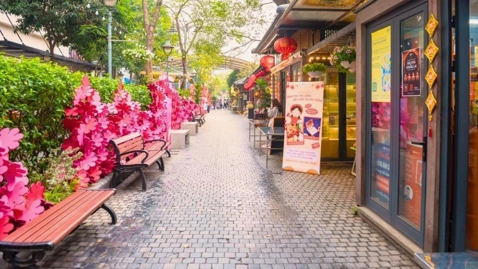













Comment